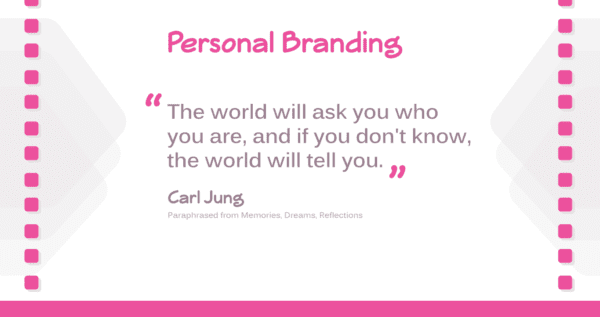
Photography is an important part of your marketing. You are designing and building beautiful offices, hospitals, schools, and retail spaces. Your firm may also be involved in cutting edge manufacturing or industrial processes and helping those companies grow their business through your design and construction services. Capturing these images can help tell your story.
Hiring a professional photographer is even more advisable. They see things that you can’t see, but more importantly can get you high resolution photographs for other marketing collateral you may need. You may even be submitting a project for an award and need high resolution images for that award plaque. It’s smart to make the investment in the photographer of your projects.
I have some ideas and suggestions to make the process much easier and simpler for you and your staff. Think of all the companies involved in making this project a reality which could include the real estate company, architect, engineer, contractor, mechanical contractor, electrical contractor, concrete or mason contractor, painter, flooring company, other subcontractors, and even suppliers and vendors. All of these companies market their business. Get them involved! By getting them involved, it will help cover the cost of the photographer. Obviously, each one of these team players will require some different shots, but you’ll want to share many of the same shots (exterior and interior overview). It does take some coordination, but it’s well worth the money and time you save the entire team plus your client. The client only has to “clean” their office once for the photo shoot instead of multiple times. You know that will make your client happy too!
It’s also a good idea to make a list of all the shots you want of the project. If you are capturing shots for multiple team members, have them give you a list of what specifically they want captured. For example, if you are the controls company, you probably want to capture some of the control panels in the mechanical room or the computer they program their controls with. All of these photographs can be captured if they are on the photographer’s shot list.
It’s always good to take more pictures and different angels than you think you’ll need. If you are creating a horizontal marketing piece and all the photographs are vertical, the piece may not turn out as wonderfully as you have envisioned. Have the photographer take both vertical and horizontal pictures along with different angles of the same things. You’ll be surprised how much you’ll use all those pictures. These pictures can be used in project sheets/case studies, social media, website, and award submittals, just to name a few. Plus, the photographer is already on the project, so a couple extra shots isn’t going to break the bank.
Contact the client and find out what would be the best time for them to have you capture the photographs. Sometimes they have limited staff on certain days of the week in the office, so that might be a good time to capture offices and conference rooms not being used. Although it’s nice to have some people in the pictures, most of the pictures you will be capturing will not have people in them. You might even have to do the exterior shots on the weekend because of the lighting on the building and the parking lot not full of cars. These are all things you’ll have to think about when capturing those images.
If you are wanting to capture before and during photographs on your projects, I have some recommendations for that process, too. If you are anyone but the general contractor/construction manager/design-builder, you will want to contact the on-site superintendent of the project. You don’t want to just show up on the jobsite with a photographer or a camera. You will need to obtain approval from both your client and the contractor. This ensures everything will be cleaned up and prepared for photographs. You don’t want to jeopardize your relationship with the client or the contractor. You also want to make sure you have the proper safety equipment on which is at a minimum a hard hat, safety glasses, and close toed shoes. On some projects, you have to have steel toed boots and safety vests. Again, check with the owner and contractor for your specific project safety requirements.
Coordination is key with the before and during construction photographs, because depending on what you are trying to capture there are certain times in the schedule that you can really capture some cool shots. For example, if you are a mechanical contractor installing ductwork, you’ll want to capture that ductwork before it gets covered up with ceiling tiles. Again, you’ll have to coordinate with the onsite personnel to find out when to schedule those shots. Communicating with the field is instrumental in capturing projects under construction.
Whether capturing completed project or under construction photos, communication and coordination is instrumental in making your job easier and being able to capture the pictures you need and want. Your team has worked so hard to design and build these projects that you want to be able to capture their success and market it to future clients. Now schedule those photo shoots today!



